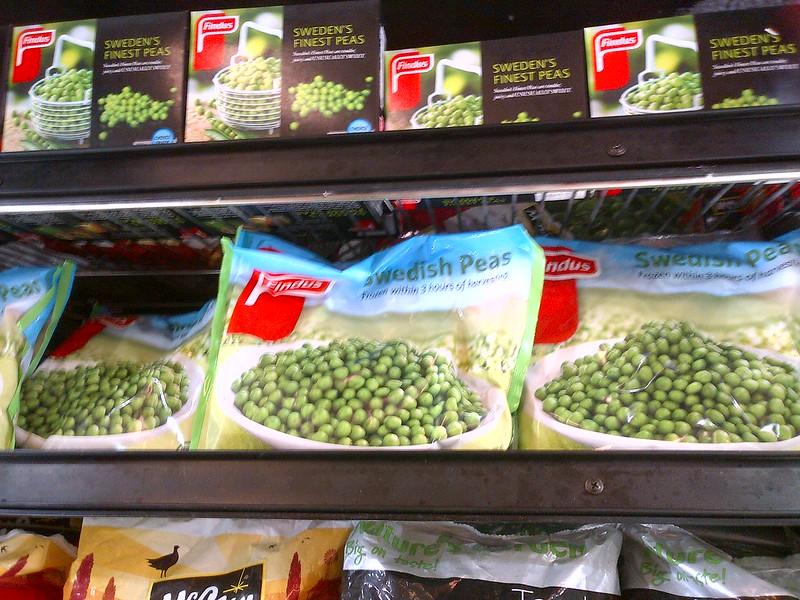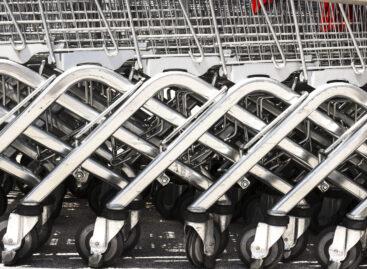Nomad Foods’ pilot reveals slight increase in frozen food storage temperatures could reduce energy consumption
A new study by Nomad Foods, the owner of frozen food brands such as Birds Eye, Findus and Iglo, has found that increasing the storage temperature of frozen food by 3 degrees Celsius (°C) could cut down freezer energy use by 10% without affecting the quality or safety of products.

The research, conducted in collaboration with Campden BRI, tested nine different frozen foods at four temperatures ranging from -18°C to -9°C. The products included poultry, fish fingers, salmon filets, peas, spinach, plant-based meatballs and pizza.
The study measured eight key aspects of the products, such as food safety, texture, nutrition, energy use and packaging impact.
The results showed no significant change in the products at any of the higher temperatures, except for some minor changes in sensory and vitamin C content for some vegetable products. The study also estimated that for every 3°C increase in temperature, there was a 10% reduction in freezer energy consumption.
“As Europe’s leading frozen food manufacturer, we wanted to investigate the opportunity to increase freezer temperatures demonstrating our commitment to continued research and innovation to drive positive change in our sector. Our new pilot study with Campden BRI shows that there is potential to increase the temperature frozen food products are stored at and save energy, with no need to reformulate,” a Nomad Foods spokesperson tells
Related news
Safe holiday preparations: food safety tips for your Christmas menu
🎧 Hallgasd a cikket: Lejátszás Szünet Folytatás Leállítás Nyelv: Auto…
Read more >Too many gifts, too much food: our holiday excesses are putting a serious strain on the environment
🎧 Hallgasd a cikket: Lejátszás Szünet Folytatás Leállítás Nyelv: Auto…
Read more >Thousands of farmers protest in Brussels against EU-Mercosur agreement
🎧 Hallgasd a cikket: Lejátszás Szünet Folytatás Leállítás Nyelv: Auto…
Read more >Related news
Christmas shock in commerce: for the first time, we can pay with bank cards in fewer places
🎧 Hallgasd a cikket: Lejátszás Szünet Folytatás Leállítás Nyelv: Auto…
Read more >Hungarian Confectionery Manufacturers Association: trends in 2025 and prospects for 2026
🎧 Hallgasd a cikket: Lejátszás Szünet Folytatás Leállítás Nyelv: Auto…
Read more >Most grocery chains will be open until noon on December 24th
🎧 Hallgasd a cikket: Lejátszás Szünet Folytatás Leállítás Nyelv: Auto…
Read more >






